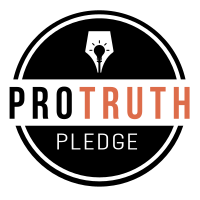Cloudflare Now Active
Published: |
Updated:
| by Julian Knight Reading time ~2 min.
📖 Posts
| 📎
Blogging, Development
| 🔖
Security, security threats, threat management, vulnerabilities, Web
After the recent high-profile vulnerabilities, I decided to turn on the free version of CloudFlare for this domain.
CloudFlare provides a reverse proxy service that sits in front of your domain. It will serve content where it can on your behalf (caching), optimise content where it can (e.g. minimising JavaScript, HTML, CSS, etc.). But even more important from my perspective is their ability to protect against a number of vulnerabilities.
The most obvious protection – because this is where CloudFlare started – is DDOS protection. DDOS is a way of throwing very large numbers of requests at your domain, preventing legitimate access. But CloudFlare also now provide protection against other threats and it is interesting to look at the dashboard and seeing a bunch of threats being filtered out every few days.
A recent add-on, especially to the free service, is the ability for CloudFlare to provide SSL security for free. This means that your whole site can present as HTTPS (encrypted HTTP) & you can even enforce this so that visitors cannot connect without encryption. This is easily done without the hassle normally associated with creating and maintaining SSL security.
Kudos to CloudFlare for providing this excellent service and for providing a useful free version. I’m happy to recommend it to everyone who runs a web site or service.
Update 2018-05-04 🔗︎
I still use CloudFlare for most of my published endpoints.
However, this blog has now been moved from self-hosted WordPress to a Hugo-based site hosted by Netlify. Netlify allows me to set all manner of security headers and has inbuilt support for Let’s Encrypt certificates.
So Cloudflare protection is no longer required for this blog.


